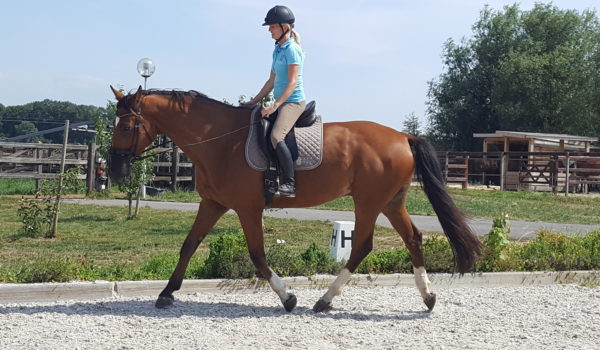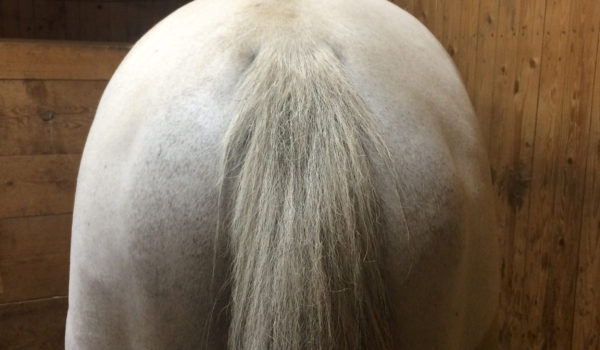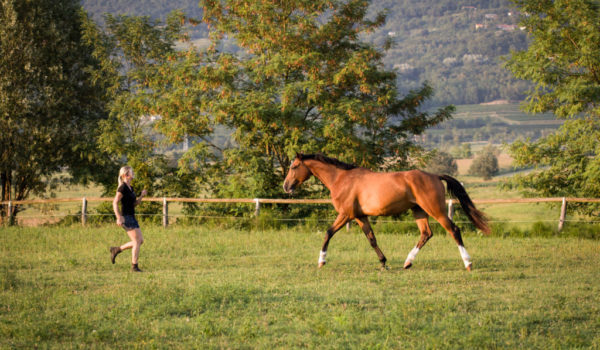Yasmin Stewart, along with other members of Equitopia’s European team provided a clinic in Kildare, Ireland last month. In this post, Yasmin reflects on the clinic and on the Equitopia approach of working as a team which benefits horses and riders, but also allows professionals to cultivate an environment where the whole team can develop and grow together.
Should you give Probiotics to your Horse?
Should we give probiotics to our horses? In this post, Dr Clair Thunes offers some practical advice to anyone considering buying probiotics for their horse.
The Saddle Fitter
ASYMMETRY IN HORSES
Every horse is asymmetrical and so is every rider, but what are the implications of these asymmetries? In this post, Katja Porenta discusses asymmetries and advises on what to do when faced with this issue.
The Temporomandibular Joint – Part 1
When it’s not working as it should, the temporomandibular joint can impede the horse’s ability to carry himself correctly and in the long run it can even cause lameness. In this post, Katja Porenta shines some light on this joint, which tends to get less attention than it deserves. Part two of this post is available for members, and discusses symptoms of TMJ and offers some tips for resolving and preventing TMJ issues.
Canter Work for Horses with Kissing Spines – Yes or No?
Kissing spines has become a very prevalent diagnosis and there is a staggering number of horses living with this condition. In most cases the kissing spines horse can still work, but veterinarians generally recommend some modifications to the horse’s work routine. One piece of advice that is quite common is to do a lot of canter work, which is said to be good for the horse’s back. In this post, Dr Karin Leibbrandt asks if this is true and if so, why?
Using Props to Improve Movement – Part 2
The second part of a 2-part blog post on using props in the arena to improve movement, Part 1 is a general introduction to props. Part two takes a more detailed look at ground poles and cavalletti for better biomechanics.










